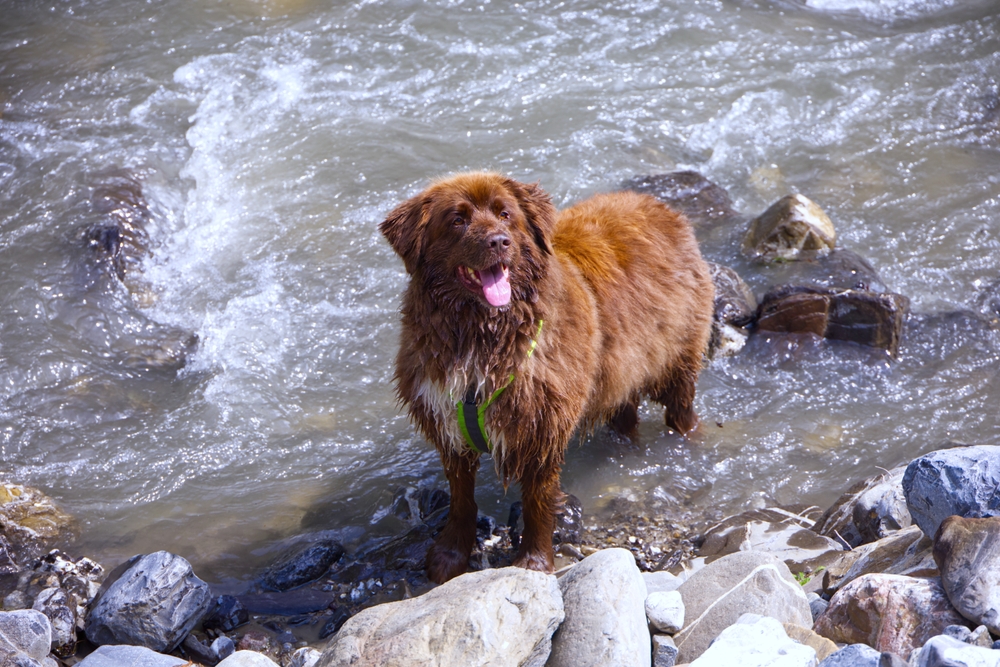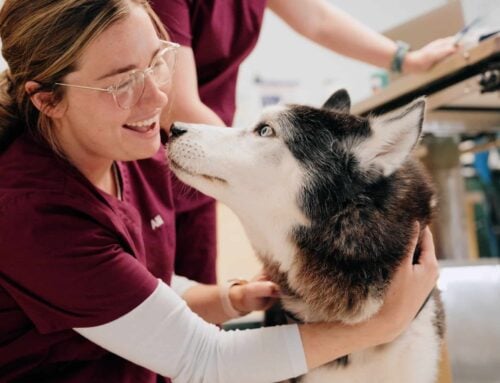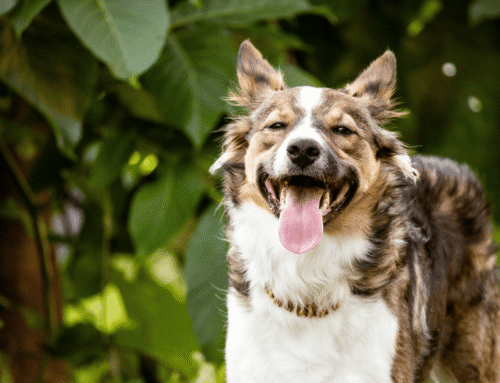Leptospirosis, which was once considered a rural disease, is now increasing in incidence throughout the United States, including urban and suburban areas. The disease is zoonotic, which means that the infection can affect humans and animals, including your dog. Our Shuler Veterinary Clinic team doesn’t want your dog targeted by this disease, so we offer information about leptospirosis and explain how you can protect your canine friend.
Leptospirosis basics
Leptospirosis is a bacterial disease caused by Leptospira interrogans. The organism has several sub-classifications (i.e., serovars) and different serovars produce different disease types found in different geographical regions. Common serovars affecting dogs include:
- Canicola — This serovar is the most common serovar in Mexico and states near the Mexican border, and primarily causes kidney disease.
- Pomona — This serovar is associated with livestock, and produces severe kidney and liver disease.
- Grippotyphosa — This serovar is common in the upper Midwestern United States and causes kidney disease.
- Icterohaemorrhagiae — This serovar is mostly associated with rats and rat urine in standing water, and can be found in urban areas.
Leptospires thrive in warm, slow-moving water, especially after heavy rains or flooding, and can contaminate the soil for many months after the water has cleared. Wild animals commonly serve as infection carriers.
Leptospirosis transmission in dogs
Dogs are typically exposed to leptospirosis by drinking or swimming in urine-contaminated water. Dogs at highest risk include:
- Hunting and sporting dogs — These dogs are more likely to frequent muddy and marshy areas where wildlife have infected stagnant surface water.
- Dogs living near wooded areas — Dogs who live in or frequently visit wooded areas are at higher risk.
- Dogs living near farms — Livestock can be disease carriers, and dogs living on or near farms are at higher risk. These dogs are also more likely to frequent heavily irrigated pastures that may be infected.
- Frequently boarded dogs — Dogs who are frequently boarded are at higher risk.
- Small city dogs — Studies have shown that city dogs weighing less than 15 pounds are at higher risk.
Leptospirosis signs in dogs
After a seven-day incubation period, Leptospira organisms spread rapidly through the dog’s body and reproduce in the liver, kidneys, central nervous system, eyes, and reproductive system. Soon after infection, most dogs develop a fever, which may resolve as antibodies are produced. The disease severity depends on the organs affected and your dog’s immune system. Different clinical presentations include:
- Peracute disease — This form is usually seen in young dogs who experience an overwhelming exposure. Leptospira toxins are present in such large amounts that they can cause rapid death before liver or kidney disease occurs.
- Acute and subacute disease — This form is more common, and signs include fever, general muscle pain, abnormal bruising and bleeding, eye inflammation, and jaundice.
- Chronic disease — Some dogs are affected by recurring fevers, chronic liver disease, chronic kidney disease, weight loss, and chronic eye inflammation.
Leptospirosis diagnosis in dogs
Steps to diagnose leptospirosis include:
- History — Our veterinary professionals take a thorough history to help understand your dog’s lifestyle and exposure risk.
- Physical examination — We examine your dog from nose to tail, looking for abnormalities that will help us determine a diagnosis.
- Complete blood count (CBC) — A CBC allows us to assess your pet’s white blood cells (WBCs), red blood cells, and platelets. WBCs are typically elevated in an infected dog.
- Biochemistry profile — A biochemistry profile helps us determine if your pet’s liver and kidneys are affected.
- Urinalysis — A urinalysis provides valuable information about your pet’s kidney health.
- Lepto titer — A leptospirosis titer can help confirm diagnosis and determine the serovar causing the infection.
Leptospirosis treatment in dogs
Fortunately, leptospirosis is susceptible to antibiotics. Most dogs need at least two to four weeks to clear the infection and intravenous fluids to support blood flow through the kidneys and to mitigate damage. If severe kidney or liver damage occurs, ongoing therapy to address these conditions is necessary. Infected dogs can spread leptospirosis to humans and other animals, and steps should be taken to prevent disease spread, including:
- Protective gear — Wear disposable gloves and protective goggles when cleaning up after your dog.
- Hand washing — Wash your hands thoroughly after handling and cleaning up after your dog.
- Contact prevention — Ensure other animals cannot contact your dog’s urine.
- Contact your doctor — Contact your primary health care provider to see if you or your family should be tested for leptospirosis.
Leptospirosis prevention in dogs
Steps to prevent leptospirosis include:
- Don’t let your dog swim in or drink from natural bodies of water, especially stagnant water.
- Carry water and a portable water bowl on outings, so you can offer your pet fresh, uncontaminated water.
- Don’t let your dog eat small wild mammals or animal carcasses.
- Research kennels before boarding your dog, to ensure they are clean and rodent free.
- Vaccinate your dog for leptospirosis.
If you would like to have your dog vaccinated for leptospirosis to ensure they are protected against this dangerous disease, contact our Shuler Veterinary Clinic team before your outdoor adventures.









Leave A Comment